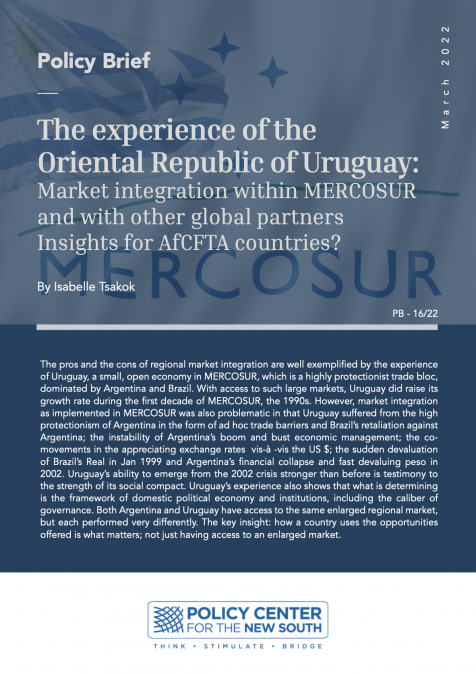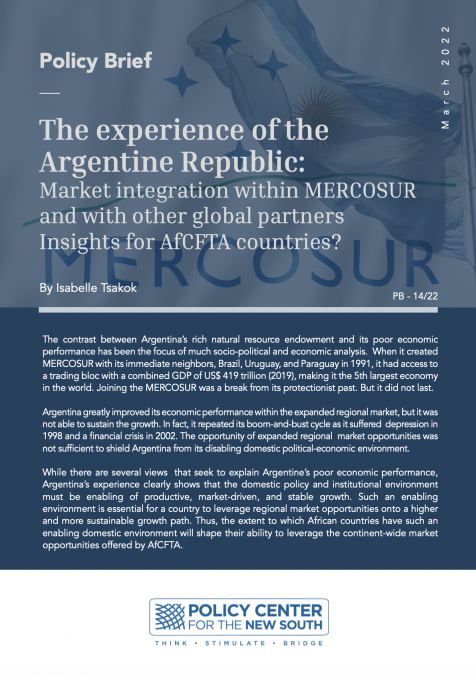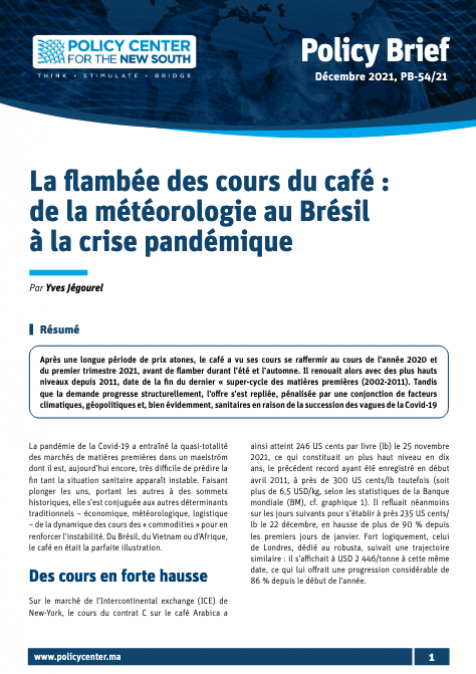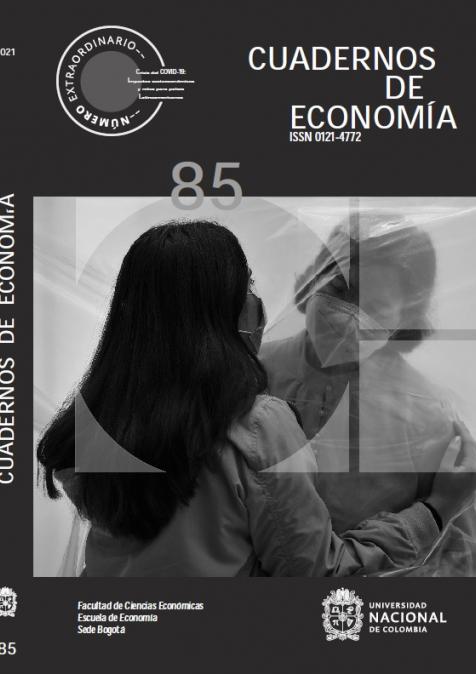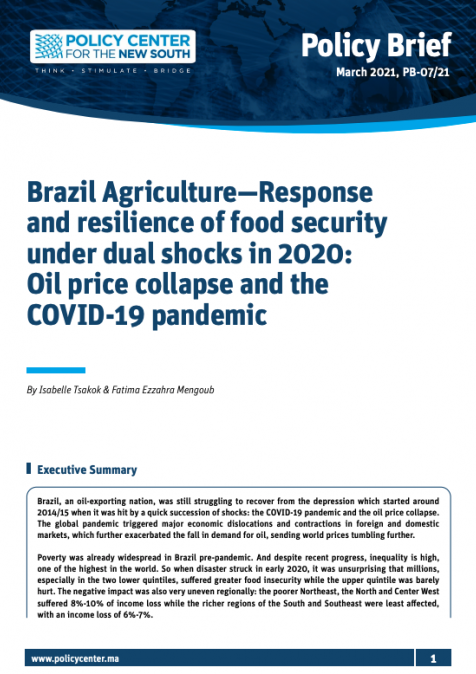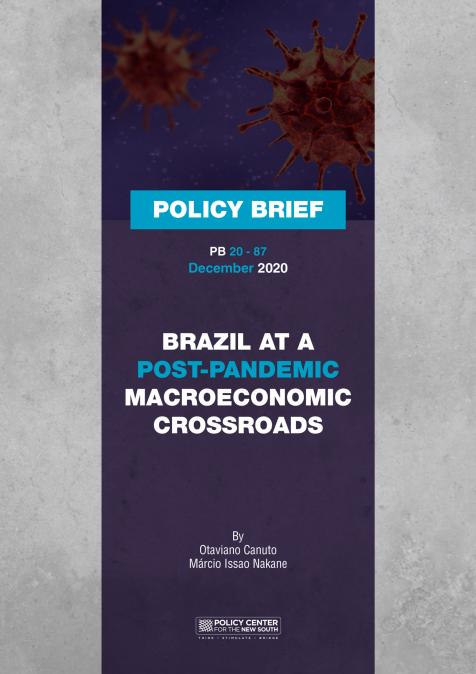Publications /
Paper in Academic Journals
This paper estimates the socioeconomic impacts of the emergence and expansion of e-hailing services in São Paulo, Brazil. Combining data from a major service provider, individual level data from a representative travel diary survey and a structural traffic network simulation, we evaluate the impact of e-hailing on commuters' travel time and accessibility. We then estimate the effect of these changes on workers' productivity. Finally, using a Spatial Computable General Equilibrium (SCGE) model, we estimate the effect of these productivity shocks on broader economic outcomes. Our main results indicate that 83% of current e-hailing trips derived from trips that were previously made by traditional motorized private modes. We also find that the current e-hailing supply has mostly negligible effects on travel times and congestion; however, some individuals experienced important accessibility gains due to the emergence of this alternative mode. We then simulate e-hailing expansion and development scenarios, including the case of larger vehicle occupancy. Total economic activity expands by 1.089% if average vehicle occupancy reaches 3 passengers per trip and all motorized private trips are substituted by e-hailing.



